Email Marketing Benchmarks and Statistics to Improve Your 2023 Strategy
Email may seem like an “old school” marketing strategy, but statistics and marketers agree email remains one of the most effective marketing channels.
With 4.48 billion daily email users, there’s no question email marketing can benefit your manufacturing business. In 2021, 77% of marketers noticed increased email engagement and a $36 return on investment (ROI) for every dollar spent!
Below, we dive into the email marketing metrics for 2022, giving insight into what’s working in email marketing and how the manufacturing industry compares. We also provide a comprehensive overview of ways you can improve your manufacturing business’s email marketing campaign in 2023.
Keep reading to learn more!








